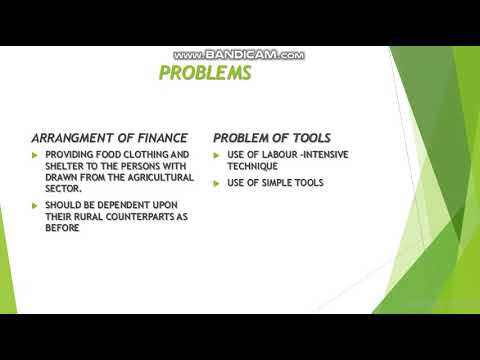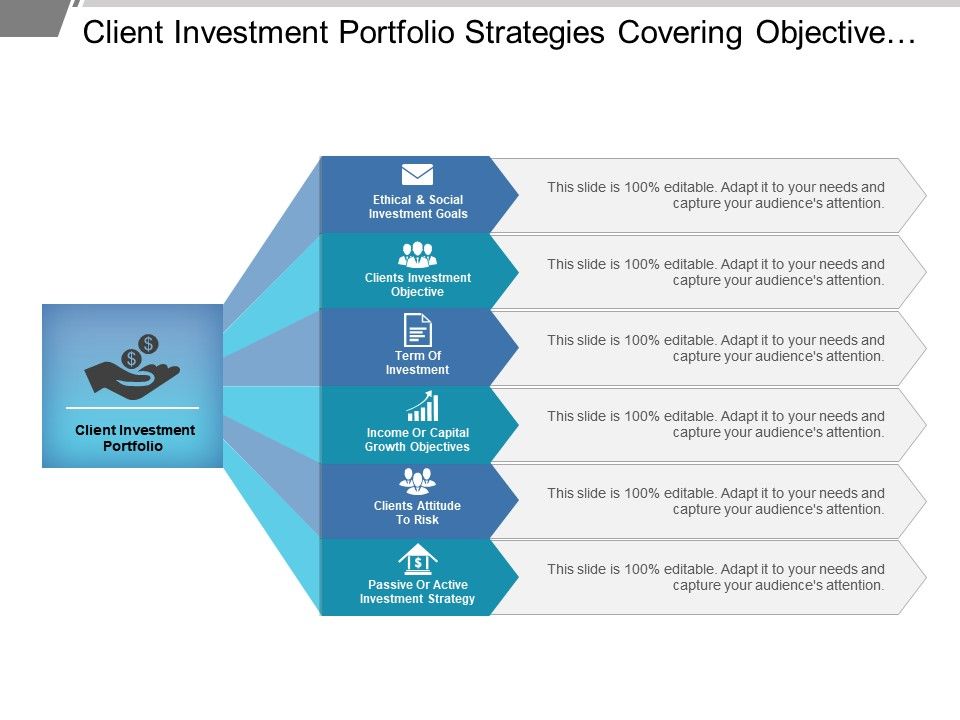Contents:


Assume that Local Retailer borrows $20,000 from its bank and signs a promissory note due in six months. Local Retailer records $20,000 as a credit to its current liability account Notes Payable . Once a company delivers goods or services to the client, the AR team invoices the customer and records the invoiced amount as an account receivable, noting the terms. Generally, vendors bill their customers after providing services or products according to terms mutually agreed on when a contract is signed or a purchase order is issued. Terms typically range from net 30 — that is, customers agree to pay invoices within 30 days — to net 60 or even net 90, which a company may choose to accept to secure a contract.

The customer negotiates with the company on June 1 for a six-month note maturity date, 12% annual interest rate, and $250 cash up front. You do the same for the portion of notes receivable you expect will be settled in the next year. The money you’ll receive more than 12 months out goes on the books as a non-current asset. Only the interest portion on a loan payment is considered to be an expense.
Payment of the Note
Typically, you as a https://1investing.in/ usually sell goods on credit to your customers. That is, you deliver goods or render services now, send the invoice, and get paid for them at a later date. When it collects cash against its A/R balance, a company is converting the balance from one current asset to another. If one customer or client represents more than 5% or 10% of the accounts payable, there is exposure, which might be cause for concern. Taking on this loss and being stuck with 50,000 units of custom books could be tragic to the seller. If you’re thinking about the future growth prospects of a company, make sure to take a look at its accounts receivable book.
The term remote is used here, consistent with its use in Topic 450, to mean that the likelihood is slight that a loan commitment will be exercised before its expiration. Amortization of discount or premium shall be reported as interest expense in the case of liabilities or as interest income in the case of assets. Amortization of debt issuance costs also shall be reported as interest expense. The difference between a loan payable and loan receivable is that one is a liability to a company and one is an asset. If you do an entry that only shows $15,000 coming in but doesn’t account for the fact that it must be paid back out eventually, your books will look a lot better than they are.
Net Receivables Aging Schedule
By reducing unpaid, “bad” debts, collecting interest income and facilitating contract sales, notes receivable can be a tool for enhancing cash flow. Often times, when a customer is struggling to pay off the debt, the company may offer to convert their accounts receivable balance to notes receivable by attaching a promissory note. The debtor’s balance owed to you will be subtracted from the accounts receivable balance and entered under notes receivable instead.
So far, our discussion of receivables has focused solely on accounts receivable. Companies, however, can expand their business models to include more than one type of receivable. This receivable expansion allows a company to attract a more diverse clientele and increase asset potential to further grow the business. Suppose you contract for a $30,000 remodeling job, but the customer can’t pay you for six months.
In some cases, the note is received in one accounting period and collected in another. Also, if customers are known to default on paying their accounts, the seller may insist that they sign a note for the balance. Bad debt is an expense that a business incurs once the repayment of credit previously extended to a customer is estimated to be uncollectible. Bad debt expense is an expense that a business incurs once the repayment of credit previously extended to a customer is estimated to be uncollectible.
What Is an Example of Notes Receivable?
He is a CFA charterholder as well as holding FINRA Series 7, 55 & 63 licenses. He currently researches and teaches economic sociology and the social studies of finance at the Hebrew University in Jerusalem. Typically, you as a business owner sell goods on credit to your customers.

You expect moderate revenues in your first year but your business plan shows steady growth. Subsequently, if the accounts receivable prove uncollectible, the amount should be written off against the Allowances account. When the payment on a note is received, Cash is debited, Note Receivables is credited, and Interest Revenue is credited. In any event, the Notes Receivable account is at the face, or principal, of the note. No interest income is recorded at the date of the issue because no interest has yet been earned.
Examples of Nontrade Receivables
The more time customers take to settle debts increase the possibility of bad debts . Thus, it is vital for businesses to continuously monitor the accounts receivables. Accounts receivable aged analysis is an important report prepared that indicates the amount unsettled from each customer and for how long they have been unsettled. You should classify a note receivable in the balance sheet as a current asset if it is due within 12 months or as non-current (i.e., long-term) if it is due in more than 12 months. Notes receivable are a balance sheet item that records the value of promissory notes that a business is owed and should receive payment for.
Businesses keep track of all the money their customers owe them using an account in their books called accounts receivable. Accounts receivable are usually current assets that result from selling goods or providing services to customers on credit. The notes receivable is an asset whose category depends on the term of issuance. It is classified as a current asset if the note receivable is issued for less than a year. In case it is used for a longer period, the portion of the amount that is received within that year is classified as a current asset and the rest is classified as a non-current asset.
These can be current or non-current assets depending on when the client pays or may pay their promissory note. The goal is to increase the numerator , while minimizing the denominator . In a perfect world, a business can increase credit sales to customers who pay faster, on average.
- Company B owes them money, so it records the invoice in its accounts payable column.
- However, for large orders, a company may ask for a deposit up front, especially if the product is made to order.
- Accounts receivable also known as debtors is the value of sales that has been made but hasn’t been paid for yet i.e. goods or services that have been bought by customers on credit.
- Not every customer is creditworthy, so the company requires correct filtration to select trustworthy customers.
- Using these, the company’s overall performance and liquidity position can be reasonably estimated.
A written promissory note gives the holder, or bearer, the right to receive the amount outlined in the legal agreement. Promissory notes are a written promise to pay cash to another party on or before a specified future date. Notes receivable can convert to accounts receivable, as illustrated, but accounts receivable can also convert to notes receivable. The transition from accounts receivable to notes receivable can occur when a customer misses a payment on a short-term credit line for products or services. In this case, the company could extend the payment period and require interest. Net receivables are the total money owed to a company by its customers minus the money owed that will likely never be paid.
In short, accounts payable is the money you owe, whereas accounts receivable is the money others owe you. We’ve prepared an in-depth guide to compare accounts payable vs. accounts receivable to help you gain a better understanding of these two bookkeeping basics. This entry eliminates from Sparky’s books the accounts receivable from JPG for the original invoice and establishes the new note receivable, due in six months. Notes receivable are short-term, unsecured promissory notes that can be issued by a company to raise funds. As the result of above entry in journal, accounts receivable account in the general ledger is credited and bills receivable account is debited.
Government Notes: Linn County gears up for $5.7 million more in derecho recovery funds – The Gazette
Government Notes: Linn County gears up for $5.7 million more in derecho recovery funds.
Posted: Mon, 10 Apr 2023 10:00:00 GMT [source]
When you update your normal balance sheet, you take the total amount your customers owe you and record it as accounts receivable. Just as the $2,000 counted as income, on the balance sheet you treat it as an asset. Furthermore, accounts receivable are current assets, meaning that the account balance is due from the debtor in one year or less. If a company has receivables, this means that it has made a sale on credit but has yet to collect the money from the purchaser. Essentially, the company has accepted a short-term IOU from its client.